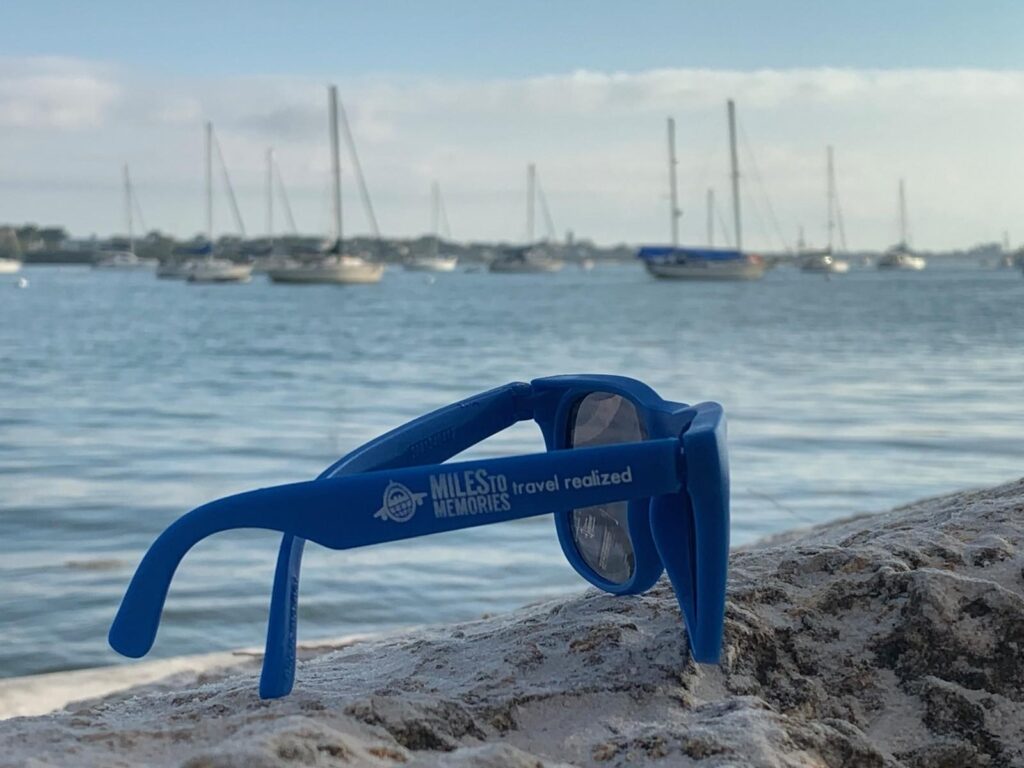When Do You Need an International Driver’s Permit?
Traveling internationally opens up a world of opportunities and experiences, but if you’re planning to drive abroad, understanding the requirements is crucial. One common question travelers have is whether they need an International Driver’s Permit (IDP). This comprehensive guide will provide you with in-depth information on when an IDP is necessary, how to obtain one, and why it’s an essential document for international drivers. We’ll also explore country-specific regulations, share expert tips, and link to valuable resources to ensure you’re fully prepared for your next adventure.
What Is an International Driver’s Permit and Why Is It Important?
An International Driver’s Permit is an official translation of your domestic driver’s license into multiple languages. Recognized by over 150 countries, it complements your existing license by providing your driving credentials in a standardized, internationally recognized format. The IDP includes your name, photo, and driver information in ten languages, including English, French, Spanish, Russian, and Arabic.
The importance of an IDP cannot be overstated. It facilitates communication with local authorities and car rental agencies, reducing language barriers and legal misunderstandings. For instance, if you’re pulled over by law enforcement or involved in a traffic incident, presenting an IDP alongside your domestic license can expedite the process and prevent potential complications. You can read more about why an IDP is essential on our website.
Moreover, an IDP is often required by car rental companies abroad. Even in countries where it’s not legally mandated, rental agencies may insist on seeing an IDP before handing over the keys. This requirement is becoming increasingly common, making it essential for travelers who plan to drive internationally to obtain an IDP in advance.
It’s important to note that an IDP is not a standalone document. You must carry your valid domestic driver’s license with you at all times when driving abroad. The IDP is valid for one year from the date of issue, so plan accordingly to ensure it covers your entire trip. For frequent travelers, this validity period makes annual renewal a practical consideration.

Understanding Country-Specific Requirements
Country-specific regulations regarding the need for an IDP can vary widely. Some nations strictly enforce the requirement, while others have more relaxed policies. For example, countries like Italy, Spain, and Japan require all foreign drivers to carry an IDP. Failure to do so can result in fines, legal trouble, or denial of car rental services.
In European Union (EU) countries, drivers with licenses issued in other EU member states generally don’t need an IDP. However, post-Brexit, UK drivers may need an IDP in certain EU countries, depending on the latest agreements. Always check the most recent guidelines provided by the UK Government’s official website if you’re a UK driver traveling in Europe.
In contrast, countries like Canada and Mexico may allow U.S. drivers to use their domestic licenses for a limited period. However, having an IDP can still be beneficial, especially when dealing with local authorities or in regions where English is not widely spoken. In countries like China, foreign drivers are required to apply for a temporary local driver’s license, as IDPs are not recognized. For more details on driving in specific countries, check out our guides on driving in France and driving in Japan.
To ensure compliance, consult the embassy or consulate of your destination country before traveling. The U.S. Department of State’s International Travel Country Information pages provide up-to-date details on driving regulations and requirements for each country, helping you make informed decisions.

How to Obtain an International Driver’s Permit
Obtaining an IDP is a straightforward process, but it’s essential to apply through authorized organizations to avoid scams. In the United States, the only entities permitted to issue IDPs are the American Automobile Association (AAA) and the American Automobile Touring Alliance (AATA). Be cautious of fraudulent websites claiming to issue IDPs online.
To apply, you’ll need to complete an application form, which is available on the AAA and AATA websites or at their local offices. You’ll also need:
- Two passport-sized photos with your signature on the back
- A valid U.S. driver’s license (must be valid for at least six months beyond the issuance date of the IDP)
- An application fee (typically around $20)
You can submit your application in person at a local AAA branch or by mail. If mailing, include copies of your driver’s license and the required photos. Processing times vary, but it’s advisable to apply at least a month before your departure date to account for any delays.
For residents outside the U.S., contact your country’s automobile association or relevant authority. For example, in Canada, the Canadian Automobile Association (CAA) issues IDPs to Canadian residents. Always ensure you’re dealing with an official body to prevent identity theft and fraud. We’ve compiled a list of where to obtain an IDP in your country for your convenience.

Benefits of Carrying an International Driver’s Permit
Beyond legal compliance, carrying an IDP offers several practical benefits:
1. Ease of Vehicle Rental
As mentioned, many international car rental agencies require an IDP. Even if it’s not mandated by law, company policies may necessitate one. Having an IDP expands your options and can lead to smoother rental transactions. This is particularly useful in popular tourist destinations where demand for rental cars is high. Read our article on tips for renting a car abroad for more insights.
2. Facilitating Communication with Authorities
An IDP helps bridge language barriers. If you’re stopped by police or involved in a traffic accident, presenting an IDP can expedite proceedings. The permit’s standardized format and multilingual translations allow officials to quickly verify your credentials, saving time and reducing stress.
3. Serving as Additional Identification
An IDP acts as a secondary form of identification, which can be invaluable if your passport is lost or stolen. While it doesn’t replace a passport, it can assist in verifying your identity with local authorities or at border crossings, providing an added layer of security during your travels.
4. Peace of Mind
Traveling comes with uncertainties. Knowing that you have all necessary documents in order allows you to enjoy your trip without worrying about unforeseen legal issues. This peace of mind is especially valuable when navigating unfamiliar roads and driving customs.
Navigating International Driving Laws and Regulations
International driving laws can be complex, as they differ not only by country but sometimes by region within a country. Familiarizing yourself with local traffic laws, road signs, and driving customs is essential.
For example, in the United Kingdom and Australia, drivers use the left side of the road, which can be challenging for those accustomed to right-hand driving. In Germany, the Autobahn has sections with no speed limits, but strict rules against passing on the right. Understanding these nuances can prevent accidents and legal issues.
Resources like the RAC’s Driving Advice provide country-specific information on speed limits, road signs, and other regulations. Additionally, some countries require the use of special equipment, such as reflective vests or safety triangles, which you should have in your vehicle at all times. Check out our post on essential European driving equipment for a detailed list.
Insurance coverage is another critical aspect. Verify whether your auto insurance policy or credit card provides coverage for rental cars abroad. If not, consider purchasing additional coverage to protect yourself financially. Remember that driving without proper insurance can have severe legal and financial consequences.
Insurance Implications When Driving Abroad
Driving without adequate insurance is risky, and policies that cover you at home may not extend internationally. Before traveling, contact your insurance provider to inquire about international coverage. Some insurers offer policies that include international driving, while others may require purchasing a separate plan.
Credit card companies often provide rental car insurance as a cardholder benefit. However, this coverage may have limitations, such as excluding certain countries or types of vehicles. Review the terms carefully and consider supplemental insurance from the rental agency if necessary. Our guide on credit card rental car insurance abroad can help you navigate these options.
It’s also important to understand the local minimum insurance requirements. Some countries mandate specific types of coverage, such as third-party liability. Failing to meet these requirements can lead to fines or more severe penalties in the event of an accident.
In case of an incident, having an IDP can facilitate the claims process. Insurance companies and local authorities may require documentation of your eligibility to drive. The IDP serves as internationally recognized proof, helping to expedite resolutions and reduce potential legal entanglements.
Potential Consequences of Not Having an IDP
Choosing to drive without an IDP in countries where it’s required can result in significant repercussions:
1. Legal Penalties
Penalties may include hefty fines, vehicle impoundment, or even detention. Legal systems vary, and what might be a minor offense in one country could be severe in another. Always err on the side of caution to avoid legal trouble that could ruin your trip.
2. Voided Insurance Coverage
Driving without an IDP when required could nullify your insurance coverage. Insurance policies often stipulate that you must be legally permitted to drive in the country. In the event of an accident, you could be held personally liable for all damages and medical expenses.
3. Rental Car Issues
If you’re stopped and found to be driving without an IDP, the rental company may face penalties as well. This could lead to additional charges or fees levied against you by the rental agency. In some cases, they may require the immediate return of the vehicle.
4. Travel Disruptions
Legal issues can cause significant travel delays. Court appearances, legal consultations, and potential detentions can disrupt your itinerary and incur unexpected expenses. Such situations are stressful and can overshadow the enjoyment of your trip.
Expert Tips for Driving Abroad
To enhance your international driving experience, consider the following expert recommendations:
1. Plan Your Routes in Advance
Use GPS devices or smartphone apps that offer international maps. Download offline maps in case you lose internet connectivity. Familiarize yourself with toll roads, traffic patterns, and parking regulations in your destination. Our article on top navigation apps for international travel can help you choose the best tool.
2. Learn Basic Local Phrases
Knowing how to read basic road signs and communicate with locals can be incredibly helpful. Phrases like “gas station,” “hospital,” or “police station” in the local language can be crucial in emergencies. Websites like Duolingo offer free language learning resources to get you started.
3. Understand Local Driving Etiquette
Driving customs vary. In some countries, honking is a common form of communication, while in others, it may be considered rude. Observing local drivers and adapting accordingly can help you blend in and avoid conflicts. For more on this topic, see our post on driving etiquette around the world.
4. Keep Emergency Numbers Handy
Save important contacts such as local emergency services, your country’s embassy, and your insurance provider. Having these numbers readily available can expedite assistance when needed. The “Global Rescue” guide provides a list of international emergency contacts.
Renewing and Extending Your IDP
If you plan to stay abroad for an extended period, you may need to renew your IDP. Remember that an IDP is valid for one year and cannot be renewed from abroad. You’ll need to return to your home country to apply for a new one.
For long-term stays, consider obtaining a local driver’s license. Some countries have agreements that allow for license exchanges without requiring driving tests. Check with the local motor vehicle authorities for specific procedures and requirements. Our article on getting a local driver’s license abroad provides detailed guidance.
Additionally, if your domestic driver’s license is set to expire while you’re abroad, renew it before you leave. An IDP must be accompanied by a valid domestic license; an expired license renders the IDP invalid.
Staying ahead of these administrative details ensures uninterrupted driving privileges and contributes to a seamless travel experience.
Final Thoughts
Driving abroad offers unparalleled freedom to explore and immerse yourself in new cultures. An International Driver’s Permit is a key component in making this possible. By understanding when and where an IDP is required, and by following the guidelines outlined in this article, you can navigate foreign roads with confidence.
Preparation is the cornerstone of successful international travel. From obtaining the necessary documents to familiarizing yourself with local laws and customs, each step enhances your safety and enjoyment. Don’t forget to follow us over at BoardingArea for the latest travel tips and insights.
Before you set off on your journey, take the time to secure your IDP, plan your routes, and educate yourself about your destination. With these measures in place, you’re not just driving—you’re embarking on an adventure filled with unforgettable experiences. Safe travels!































